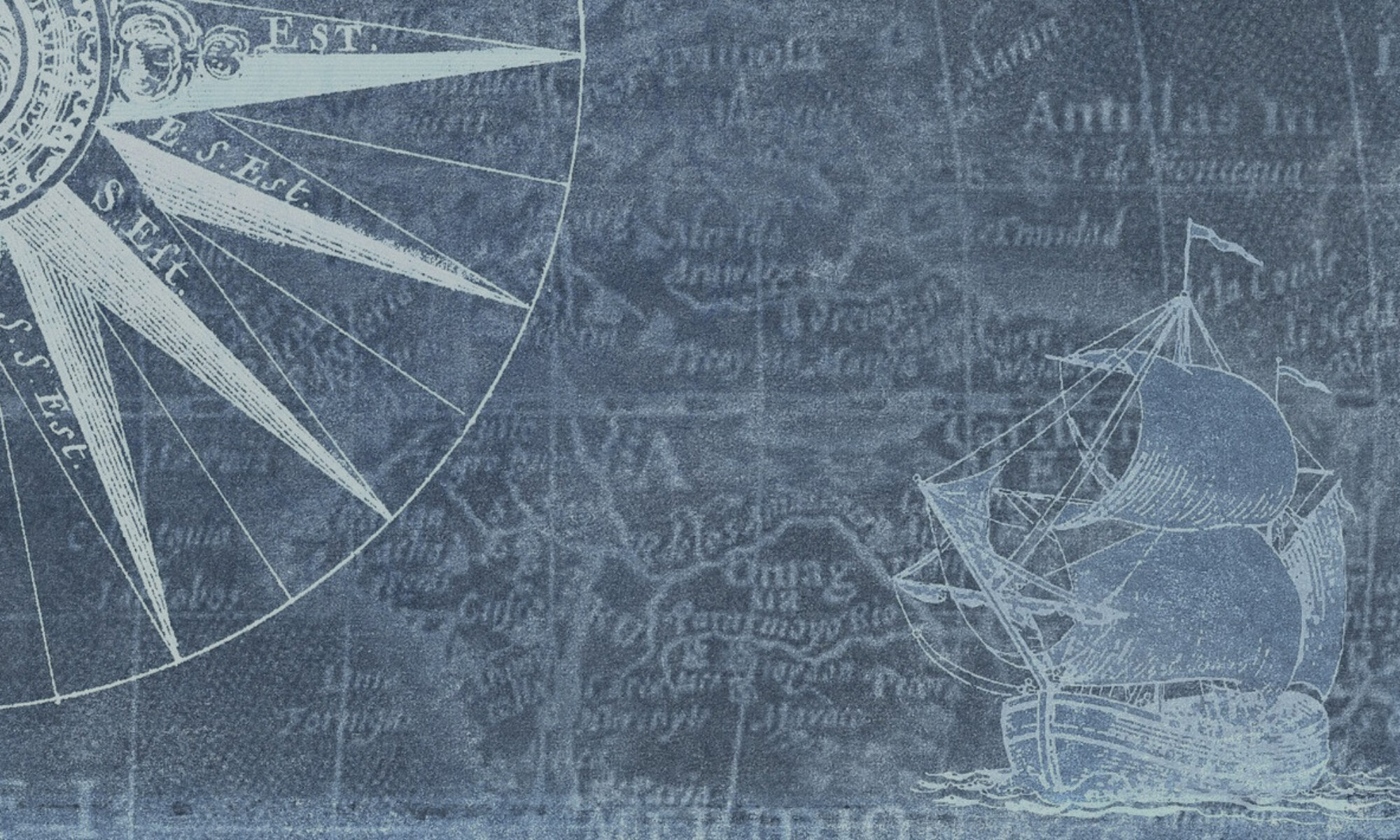LIFE AND NARRATIVE
The Life of Ashton Warner (??-1831)
Ashton Warner was born on the Caribbean island of Saint Vincent, on a sugar plantation called Cane Grove. At the age of two, he and his mother were sold to his aunt, who was a free woman and rescued them from slavery. However, when Warner was 10 years old, the previous owner reclaimed him and forced him back onto the plantation.
After 14 years of enslavement, he was able to escape to Grenada, and then found work as a free sailor on merchant ships in the Eastern Caribbean. Then he travelled from Saint Kitts to England, where he dictated his story to antislavery activists. He wanted to use the proceeds from selling his story to pay his expenses and formally confirm his freedom from slavery. However, he passed away from pneumonia just before the book was published, at the age of 24.
The Narrative of Ashton Warner
Warner goes into more detail than most other narrators about the physical impacts of harvesting and refining sugar on both male and female slaves.
In addition to telling about his enslavement and escape, Warner’s narrative describes the dangers of seafaring, including details about a shipwreck he experienced. He also tells how the Winward Islands were a small community in which he constantly faced the threat of being recognised as a Vincentian slave at whichever port he landed and sent back into enslavement.
SOURCES AND FURTHER READING
Primary Sources
There are not many editions of Ashton Warner’s narrative. An online edition accessible for free is this one:
-
- Warner, Ashton, with Susanna Moodie. Negro Slavery Described by a Negro: Being the Narrative of Ashton Warner, a Native of St. Vincent’s. London: Samuel Maunder, 1831. Documenting the American South (DocSouth). Charlotte, NC: University of North Carolina, 2001. Warner_Slavery
Selected Research Literature
-
- Aljoe, Nicole N. Creole Testimonies: Slave Narratives from the British West Indies, 1709-1838. New York: Palgrave Macmillan, 2012.
- Gadpaille, Michelle. “Trans-Colonial Collaboration and Slave Narrative: Mary Prince Revisited.” ELOPE (Tiskana izd.) 8.2 (2011): 63–77.
- Paquet, Sandra Pouchet. Caribbean Autobiography: Cultural Identity and Self-Representation. Madison: University of Wisconsin Press, 2002.
ONLINE RESOURCES AND LINKS
General Interest and Educational Sources
-
- “Mary Prince and Ashton Warner: Two Slave Narratives Transcribed by Susanna Moodie.” The Bermudian, 30 September 2018. https://www.thebermudian.com/culture/arts/mary-prince-and-ashton-warner-two-slave-narratives-transcribed-by-susanna-moodie/
- “Negro Slavery Described by a Negro.” World History Commons. https://worldhistorycommons.org/negro-slavery-described-negro
- Smith, Simon D. “Slavery’s heritage footprint: Links between British country houses and St Vincent plantations, 1814–34.”Slavery and the British Country House.Ed.Madge Dresser and Andrew Hann. Swindon: English Heritage, 2013. 59-70. https://historicengland.org.uk/images-books/publications/slavery-and-british-country-house/slavery-british-country-house-web/
